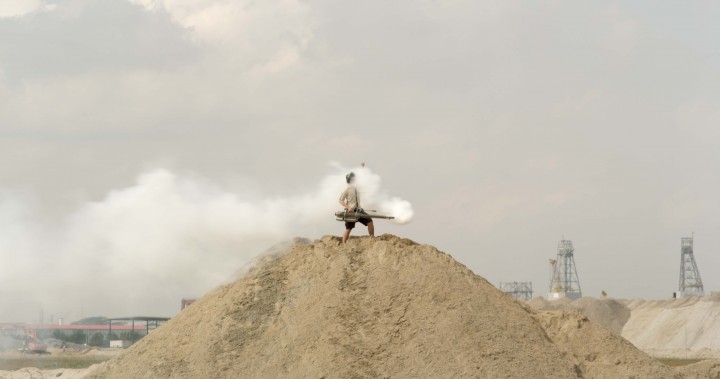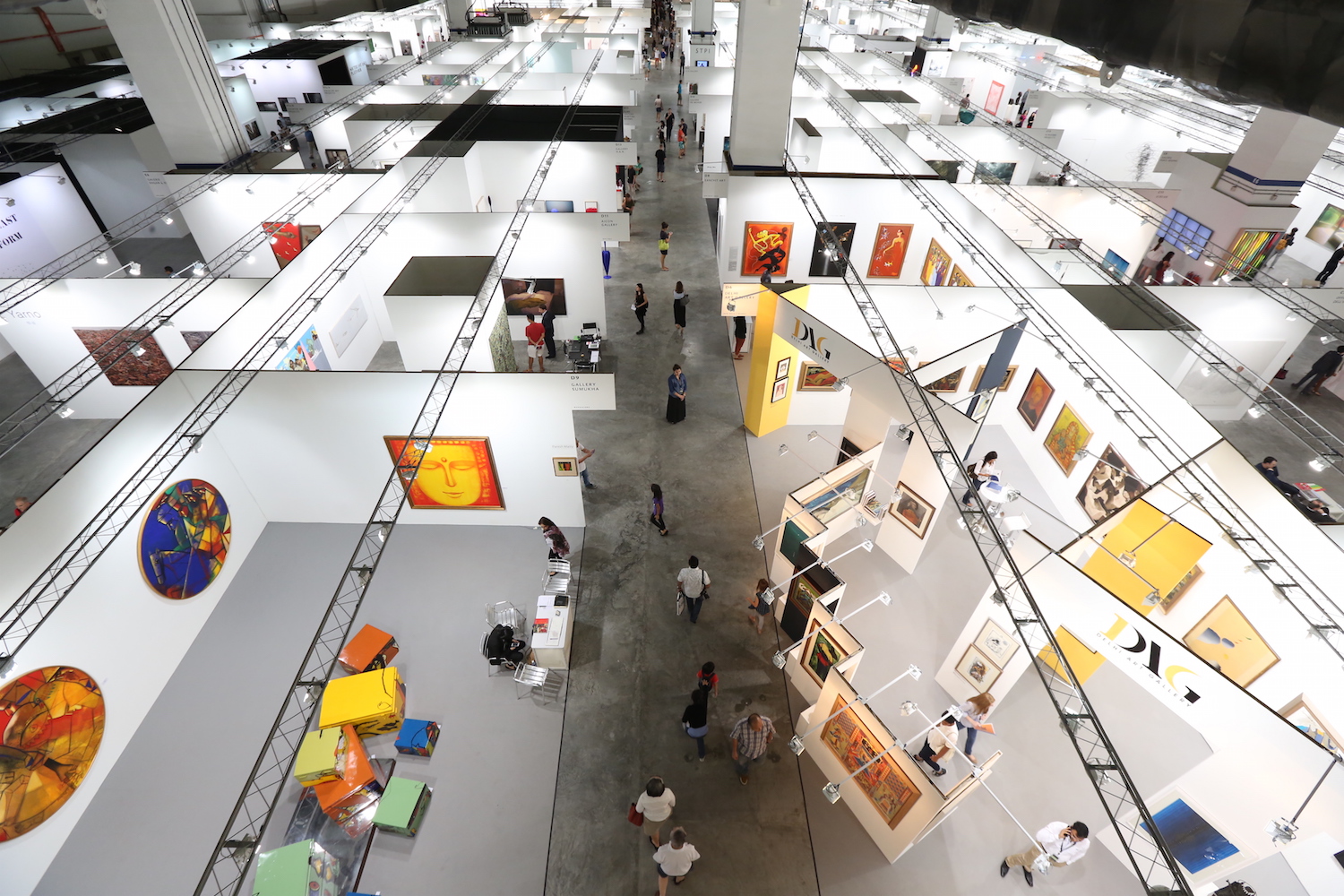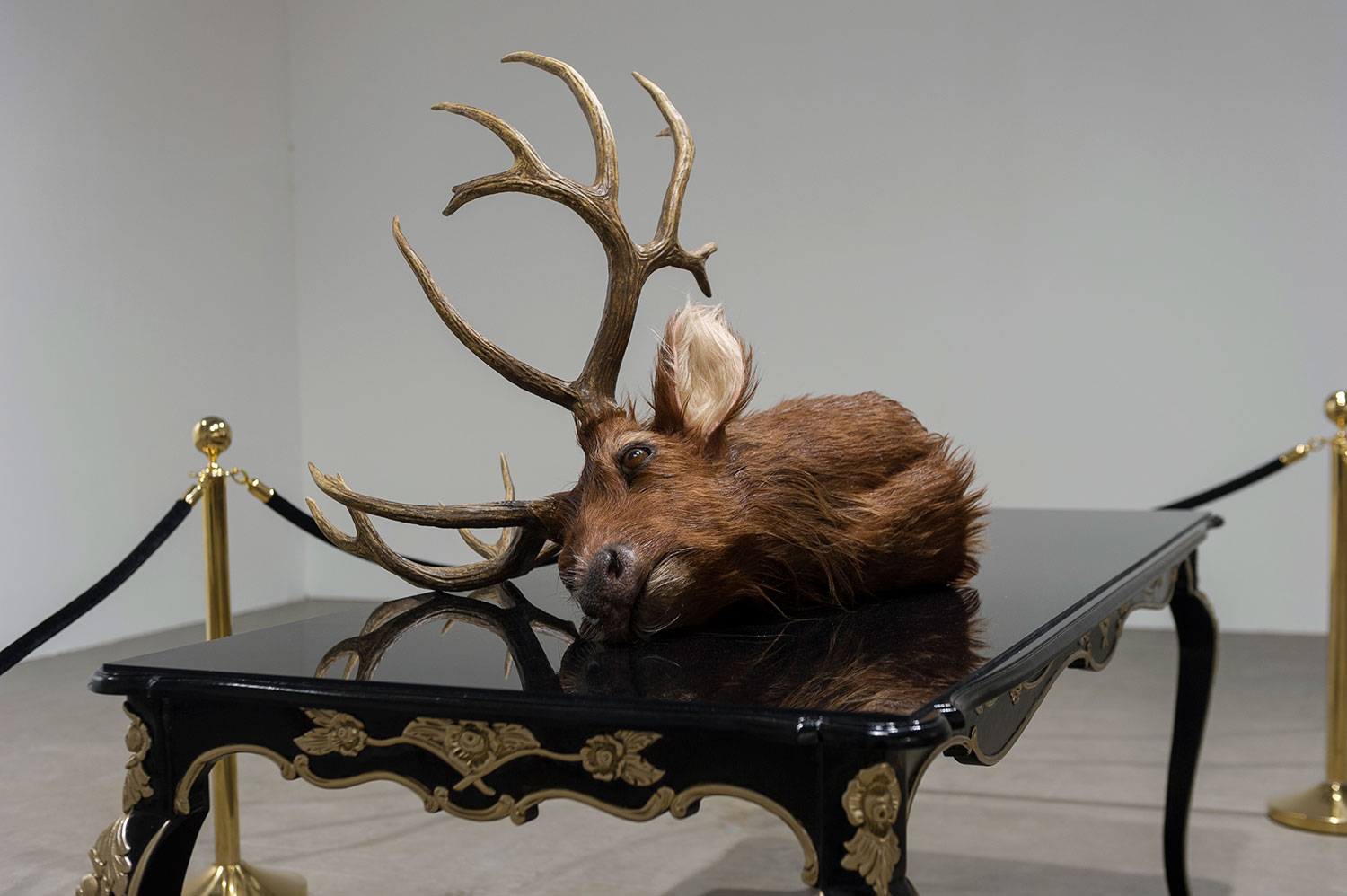With Ryan Gander’s new print works currently showing at the Singapore Tyler Print Institute, Koh Nguang How wrapping up his exhibition at the Centre for Contemporary Art, and The Art Incubator recently opening its 6th exhibition aptly titled ‘Residency as Method’, I was prompted to take a look at the developing trend of artist residencies that is clearly on the rise in Singapore.
The Singapore Tyler Print Institute was one of the earliest art galleries to establish such a program in 1997. With a strong focus on production, their model is also a unique one—a commercial gallery that directly facilitates the development of an artist’s practice and output. Director and Founder Emi Eu said: “The residencies have always been a central activity and objective. Back then it was called the Visiting Artist Program, basically to have the artist stay with us, to produce a body of work and have an exhibition afterwards. The gallery part was an outlet for people to see the works that were being produced, and also an avenue to make sales.”
Invited artists tend to have a strong conceptual practice. In 2015 alone, the space has already hosted Carsten Holler, Rirkrit Tiravanija, Anri Sala, and Tobias Rehburger, Shirazey Houshiary, Do Ho Suh, and Ryan Gander whose show ‘Portrait of a Colorblind Artist obscured by Flowers’ is on display until June. Speaking to Gander about his experience, he confessed that he enjoyed the challenge of being restricted to the medium of print. Armed with around 20 expert technicians at the ready, the endless possibilities of print mean that artists can take on bold new directions. Gander said: “It’s the only place I have been in the world where the physicality of making is the same speed as my ideas.”
A research centre that forms part of Nanyang Technological University and headed by Professor Ute Meta Bauer, it is no surprise that Centre For Contemporary Art’s residency program is research-based. Established as the second part to their ‘three pillar’ program of Exhibitions, Residencies and Research, they are essentially the beginning point of a conversation—there is no expectation to produce. Curator Vera May told us: “We support the idea of field work; of being here; of really understanding research and its processes, such as the ability to access archives or to meet with different people.” Allocated to an even mix of Singaporean, Southeast Asian and more broadly international artists who are selected by an international panel through a submitted research proposal, the seven adjacent studios are found nestled among the quiet tropical surrounds of Gillman Barracks. Currently in the studio are Newell Harry (Australia), James Jack (Japan), Arjuna Neuman (Australia/UK) and Charles Lim (Singapore), who will be representing Singapore at the upcoming Venice Biennale.
Independent space The Art Incubator, founded in 2008, has a residency program that sends emerging Singaporean artists out rather than hosting. Director Charmaine Toh said: “I think 5 or 6 years ago it was really about giving artists exposure. Southeast Asian artists are now getting invited to big international shows so it’s not so much about that anymore. The residencies are more a way to fund their practice and to provide a place to experiment” Currently on show is an exhibition of three emerging Singaporean artists anGie Seah, Godwin Koay and Sufian Samsiyar who completed their residencies at the Victorian College of the Arts, Melbourne, Bamboo Curtain Studio, Taipei, and 98B, Manila, respectively. Curator-in-residence Kimberly Shen chose to reflect on how artists respond to foreign locations through their work. Toh points out the unique and nuanced nature of the art scene in Southeast Asia: “The networks here are so important and you need to know who to talk to. Our role is facilitating these relationships.”
Grey Projects, housed in the hip neighborhood of Tiong Bahru and under the direction of Jason Wee, is one of the only artist-run spaces in Singapore after a number have closed in recent years. Their core focus is cross-cultural exchange through partnering with similar spaces including Platform3 in Bandung, Thailand, The Taipei Artists Village in Taipei, Hangar in Barcelona and the Casa Tres Patios in Colombia. Wee says: “We hope that artists can begin conversations with one another that doesn’t always have to have a gallery or museum act as the intermediary; without always having to talk through art history, or through the market.” Another part of their program is “a little more opportunistic”. They have a studio for a small number of Singaporean artists to work in whose work might be an experiment or where the subject matter is controversial and cannot easily be shown in galleries or institutions. Godwin Koay, for example, makes works about surveillance, police states, activism and institutional critique. Ironically, his propaganda posters created during his Art Incubator residency were required to be covered up due to a breach in funding requirements.
While the nature and experience of the residency differs from artist to artist—some providing longlasting and meaningful connections with place, others allowing a temporary platform for research or experimentation, there is no denying that the perpetual stream of artists coming in and out of Singapore adds a certain vibrancy to the art scene. As Jason Wee adds: “Singapore is a small place in the end.”



